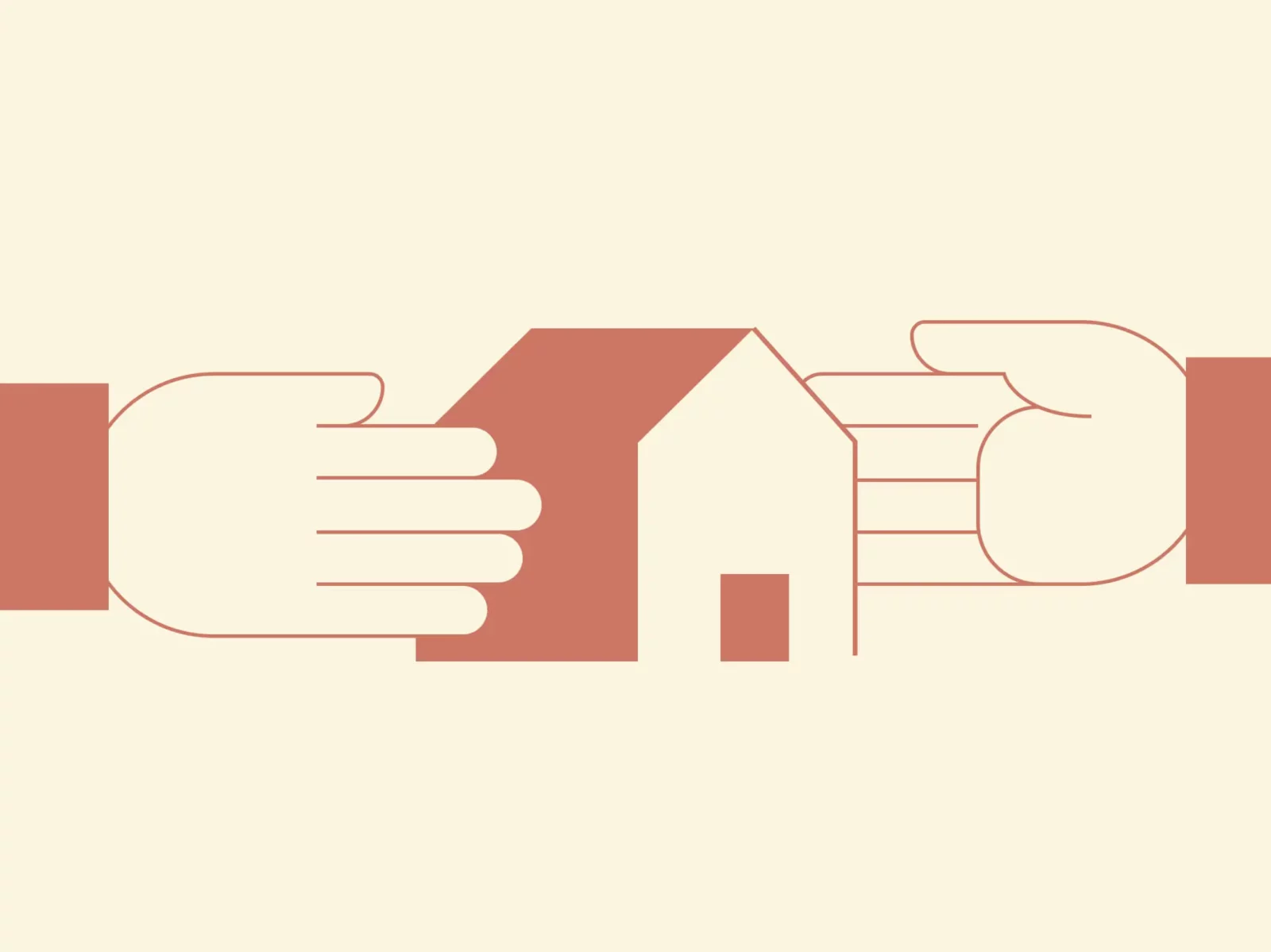The Internet Age has furnished agents, owners, buyers and renters with countless tools and techniques that greatly facilitate the real estate process. Still, in our drive to change the way we market real estate listings, it’s my sense that we haven’t paid as much attention to the actual properties those listings represent, to providing tools that allow people to really enter an apartment from their computer screen.
Oh sure: you can search listings based on price, beds/baths, neighborhood, and a host of user-generated data, among other parameters. But what happens when you want to take a closer look at a property? You’re back in the Stone Age, looking through shoddy digital photos of rooms that are either empty, or cluttered with someone else’s stuff. You might as well be flipping through the real estate section of a print newspaper you found in a Port-O-John.

That is, unless you’re in New York City, searching for a deluxe apartment in the sky. In a recent article for the New York Times, Christine Haughney writes about professional photographers who work their magic on luxury apartments for sale and rent. These people make the big bucks for bringing out the inner beauty of your living space with dictatorial authority. Sure, it’s still a 2-D image–but it sure beats snapping a photo at a bedroom as you walk by.
But consider Haughney’s example of one of the tricks of the real estate photographer’s trade: “There are more technical ways to make, say, a Lilliputian bedroom look merely small: using a wide-angle lens to fit the entire room into a single photo, or shooting the room at an angle from a corner rather than straight on.”
Naturally, these photographers ooze professionalism. Short of adding a bit of sunshine, they wouldn’t dream of altering a photograph in a way that significantly misrepresents a property’s appearance. (And we don’t complain when fashion magazine photographers airbrush a few blemishes from our beloved celebs.) But it’s worth noting that at no point does Haughney express concern about the possibility that tasteful touch-ups will give way to dishonesty. Considering the photo editing tools now available even to the amateur photographer, at what point does taking a good photo mean making a good photo? If this is the starting point, and if we’re as close as I think we are to highly realistic digital visualization tools for the real estate industry, should we be a bit more worried?
Perhaps not. After all, we’re not signing leases from our laptops just yet. Still, as we move towards providing a really immersive experience of the properties we’re trying to sell and rent, it’s worth remembering the buyer’s remorse some of us have felt upon removing a new item from its packaging, only to find it can’t live up to the image on the box.
image via kimintn on flickr.



